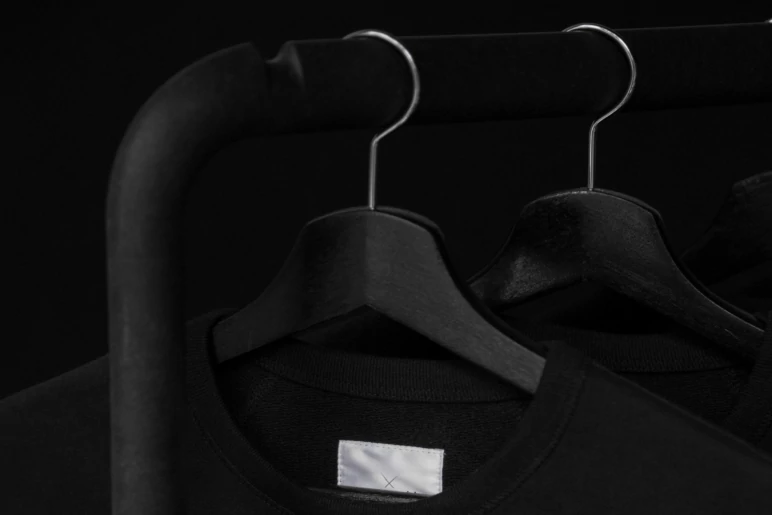Who Own’s the IP of Digital Designs?

By Blair Beven | Founding Partner
Have you ever tried on virtual glasses without setting foot in a store?
The digital transformation in the fashion industry is redefining the way we experience and interact with fashion. Adidas and Zara both fashion powerhouses have embraced AI technologies to craft unique patterns for its clothing and footwear, facilitating the generation of realistic images and minimising the reliance on physical prototypes. We can now view how certain clothes will look without leaving the sofa.
From 3D digital designs to virtual garment prototyping and VR fashion shows, the fashion landscape is evolving at a rapid pace. This transition from physical to digital designs raises the question:
Who owns the intellectual property (IP) in this fast paced technology, new designs, fabric materials, and works of art?
Designers often unknowingly surrender their design rights by first promoting the designs without first protecting them. And while a registered design right can last for 10 years – it’s hard finding the balance between spending money on protecting untested designs and just reaching the market the fastest.
In scenarios involving 3D designers, creators, or agencies, ownership may lie with the software license holder, potentially jeopardising the control designers have over their creations. When partnering with digital fashion companies or employing 3D designers, clear ownership agreements and legal frameworks are needed to preserve the rights of designers and brands in the digital realm.
How can you protect yourself:
- Familiarise yourself with the various IP rights, including design rights, copyright, and trade marks. Understand the specific protections each provides for your designs.
- Establish clear and comprehensive ownership agreements with collaborators, 3D designers, or agencies involved in the creation of digital designs. Clearly define who owns the rights to the digital assets, ensuring that it aligns with your intentions.
- Make sure to document every step of your digital design process. This includes concept development, iterations, and the final design. Proper documentation serves as crucial evidence in case of disputes and helps establish your copyright ownership.
- Clearly articulate digital design ownership in contracts and agreements. Be explicit about who retains the rights to the digital assets and ensure that all parties involved fully understand and agree to these terms.
- Consider implementing digital signatures in your design files. Digital signatures can provide a level of authentication and traceability, making it harder for others to claim ownership.
- Blockchain can also offer a secure and transparent way to record and verify ownership of digital assets. While it’s not yet widely adopted, blockchain has the potential to revolutionise digital asset ownership in the future.
For further insights on protecting your designs through IP, consider reaching out to us at XVII Degrees.


